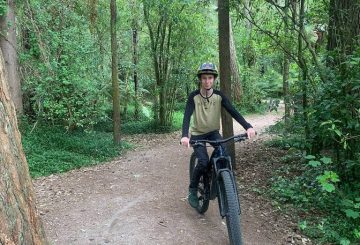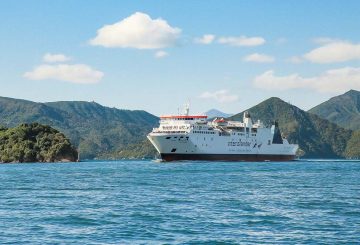주말에 예정된 리틀턴에서 열린 SailGP 레이싱 이벤트는 코스에서 돌고래를 목격했기 때문에 첫날에 취소되었습니다.레이스는 오후 3시경에 시작될 예정이었으나 두 시간이 지나도 돌고래가 이 지역을 떠나지 않자 지연되었고 결국 취소되었습니다.
SailGP의 매니징 디렉터인 앤디 톰슨 (Andy Thompson) 은 선원과 팬 모두에게 “힘든 날”이라고 평가했습니다.그는 다음 날 F50이 레이스를 치르고 팬들을 만족시킬 수 있는 상황이 더 좋아질 것이라는 희망을 표명했습니다.
행사가 시작되기 전, 전국적으로 취약한 것으로 분류된 헥터돌고래에 대한 우려가 제기되기도 했습니다.이 돌고래 중 두 마리는 2023년 마지막 경주에서 보트로부터 300m 이내에서 목격되었습니다.대회 디렉터는 레이스를 중단하라는 요청을 받았지만 경주가 계속되도록 허락했습니다.이로 인해 올해 대회에 독립적인 의사 결정권자가 임명되었는데, 그의 임무는 돌고래가 보이면 경주를 중단하는 것입니다.
이 대회의 포유류 관리 계획에 따르면 레이스 존 내에서 돌고래를 마지막으로 목격한 후 최소 20분이 경과하기 전까지는 레이싱을 재개할 수 없습니다.보트 타격은 돌고래에게 치명적일 가능성이 높기 때문입니다.
레이스가 취소되자 팬들 사이에서는 좌절감이 커졌고, 팬들은 SailGP의 소셜 미디어 채널에 실망감을 드러냈습니다.그럼에도 아타 세라믹스 (Ata Ceramics) 의 그레이스 유벨 (Grace Uivel) 은 이번 대회가 마을에서 정말 멋진 일이었으며 친절한 방문객들도 많이 찾아왔다고 칭찬을 아끼지 않았습니다.
그러나 SailGP의 러셀 쿠츠 (Russell Couts) 최고경영자는 “소수 민족의 이익”이 상황을 너무 어렵게 만들기 때문에 내년에 크라이스트처치에서 이 행사가 다시 개최되지는 않을 것이라고 말했다.유벨은 커뮤니티와 SailGP 모두 현지 하푸 냐티 웨크 (Haphu Ngāti Wheke) 및 자연보호부와 잘 협력하고 있다고 말하며 이에 동의하지 않았다.
해안 운동가인 제네비브 로빈슨 (Genevieve Robinson) 은 헥터 돌고래가 새끼를 낳는 성수기이기 때문에 이 시기에는 경주가 전혀 열리지 않아야 한다고 주장했다.그녀는 이 단계에서 이 돌고래들이 매우 취약하며 어업과 같은 인간 활동으로 인해 개체 수에 대한 압박이 가중되고 있다고 지적했습니다.자연보호부에 따르면 9월 이후 남섬에서 헥터돌고래 17마리가 폐사했으며, 이 중 10마리가 상업용 트롤 어선으로 인해 죽었다.




























































